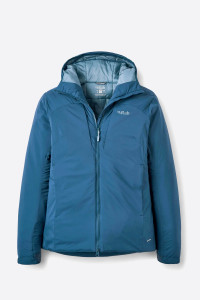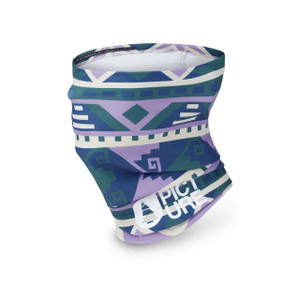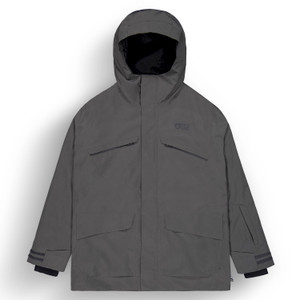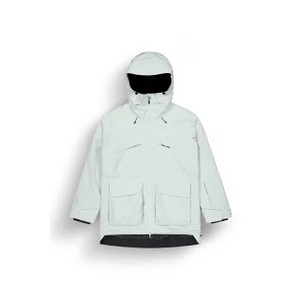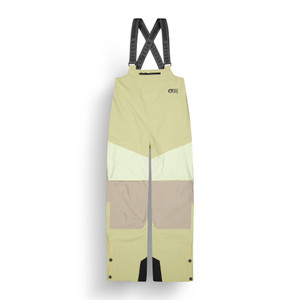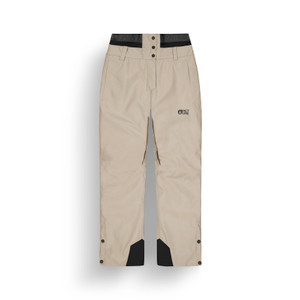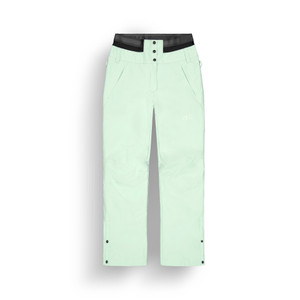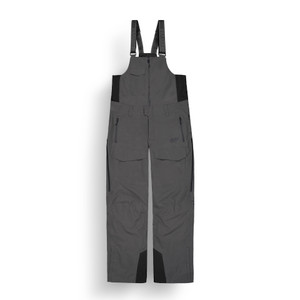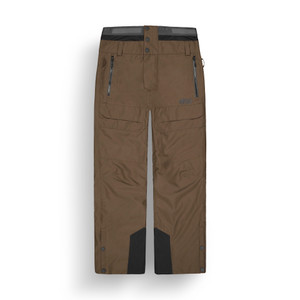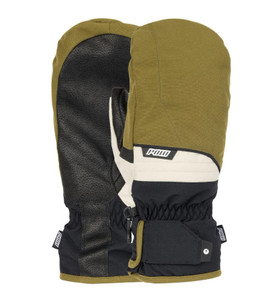
Clothing
Ski clothing refers to the specialised apparel worn by skiers and snowboarders to stay warm, dry, and protected in cold, snowy, and often windy mountain environments. It's designed for performance, insulation, breathability, and waterproofing.
Here’s a breakdown of typical ski clothing:
1. Base Layer (Inner Layer)
-
Purpose: Moisture-wicking and thermal insulation.
-
Examples: Long underwear, thermal tops and bottoms.
-
Material: Merino wool or synthetic fabrics (avoid cotton).
2. Mid Layer (Insulation Layer)
-
Purpose: Keeps body heat in.
-
Examples: Fleece jackets, down or synthetic insulated jackets, wool sweaters.
-
Material: Fleece, down, or synthetic insulation.
3. Outer Layer (Shell Layer)
-
Purpose: Protects against wind, snow, and water.
-
Examples:
-
Ski Jacket: Waterproof and windproof with ventilation (some are insulated, some are "shells").
-
Ski Pants (Salopettes): Waterproof pants, often with insulation.
-
-
Material: Gore-Tex or other waterproof/breathable fabrics.
4. Accessories
-
Helmet: For safety.
-
Goggles: Protect eyes from snow glare, UV rays, and wind.
-
Gloves or Mittens: Insulated and waterproof.
-
Ski Socks: Warm, breathable, and moisture-wicking.
-
Neck Gaiter or Balaclava: Protects face and neck from wind and cold.
-
Hat or Beanie: Worn under or instead of a helmet when not skiing.
Optional:
-
Avalanche gear (for backcountry skiing): Beacon, probe, shovel.
-
Ski backpack: For carrying water, snacks, extra layers, and safety gear.
In short: ski clothing is about layering—staying dry, warm, and comfortable while allowing freedom of movement in extreme winter conditions.




